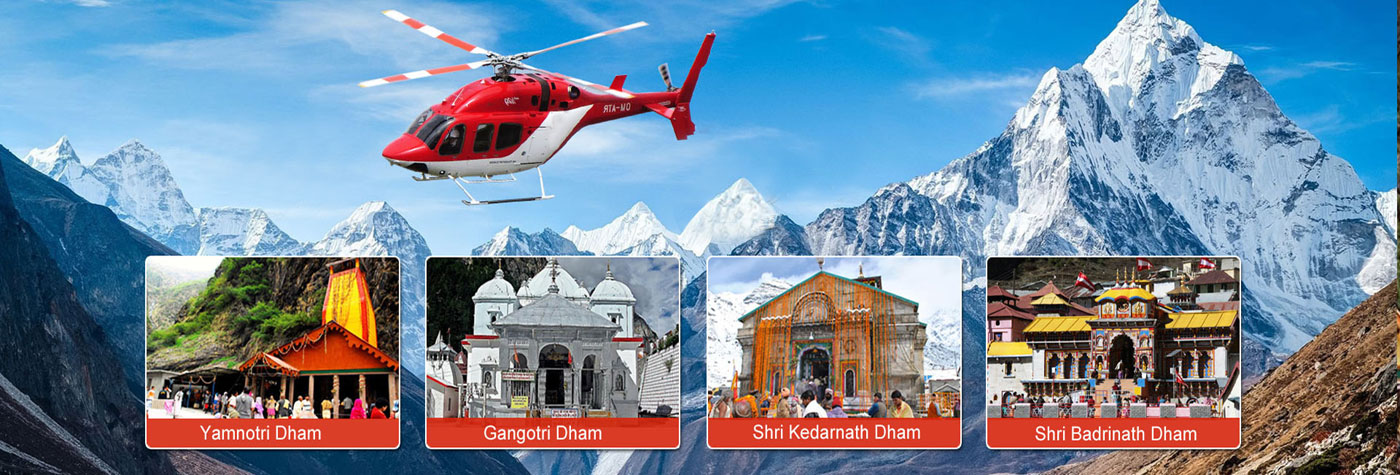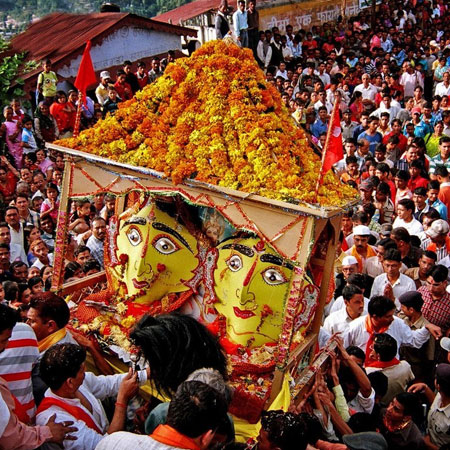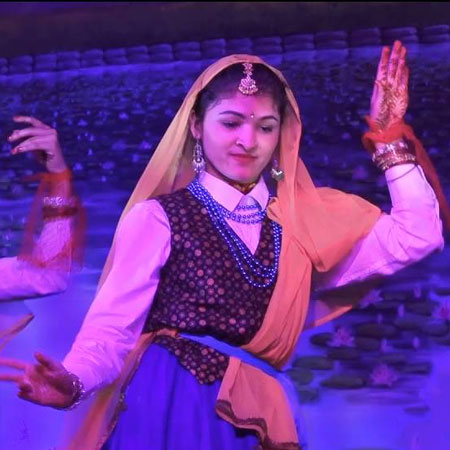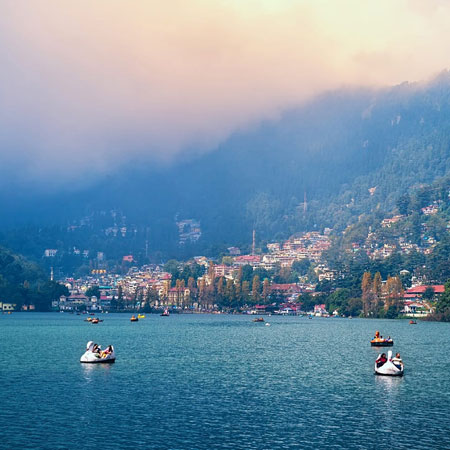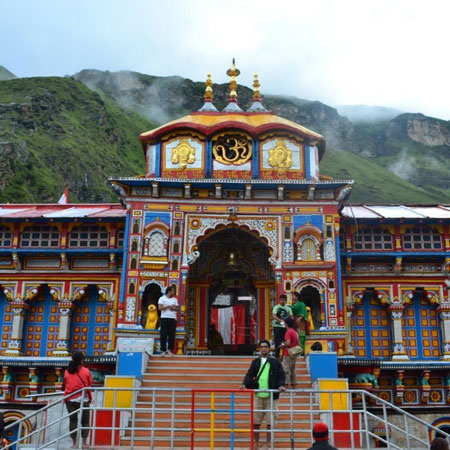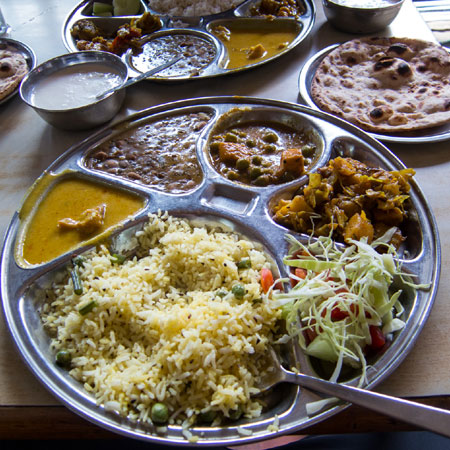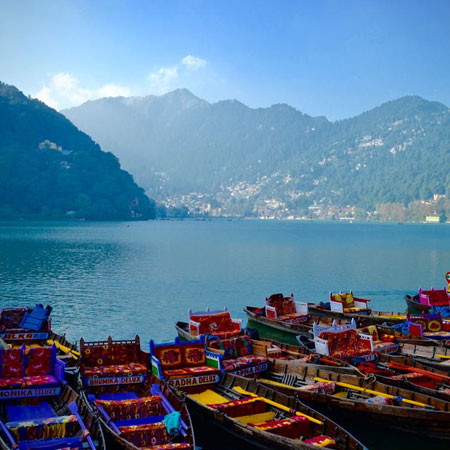folk dance and music of uttarakhand
The Tradition of Uttarakhand has its ancestry in past. In their culture, dance is as important as wearing clothes. Among the different traditions and cultures of India, Uttarakhand possesses one of the unique cultures which can be seen notably in its several forms of art. According to locals the Gods can be prejudiced by dances not to fail man. Uttarakhand folk dances are not as complex as the classical dance type but are something which is stunning to witness. It’s a manifestation of the intense sited beliefs and ethnicity of the local people which is presented to convey pleasure & celebrate the coming of new season.
The Uttarakhand art of dancing owes its motivation to the enthralling mythological dancing young women who inhabits on snow-covered peaks and are variously depicted as Kecharis, Ancheris or Paries.
Some people said they are the souls of spirits of young single girls who died with no funeral cremation; they are the daughters of Ravan who gave them to Lord Shiva as his hand-maidens. The highly famous version makes them part of the Krishna legend and tradition, making them into the Gopies who dance the 'Dance Celestial' with their Lord Krishna.
Here below we’ve provided the list of famous Folk dances of Garhwal, folk songs of Garhwal and folk tradition of Kumaon which are performed in diverse occasions in Uttarakhand.
Barada Nati
The Barada Nati folk dance is a popular dance of the Jaunsar Bhawar area of Chakrata Tehsil in Dehradun district. The folk dance is performed on the eve of some religious festivals or on the occasion of some social functions. Both boys and girls take part in the dance dressed in colourful traditional costumes.
Chancheri
This is a group dance of Danpur Patti region of Bageshwar District in Kumaon. Both men and women dance in a semi-circular formation with gradually increasing pace putting across unbridled joy.
Chhapeli
Chhapeli dance is performed by couples with the female carrying a mirror in her left hand and a colored handkerchief in the other. The male plays a Hudukka on his left shoulder accompanied by others playing the Hurka, Manjira and Flute. The dance is a duet that outlines the joys of romance. The woman partner (sometimes also a young boy) dances with a smile and elegant waist movements, either in admiration of her beauty and charm or mocking her ways of expressing love.
Choliya Dance
Dating back to over a thousand years, the Chholiya Dance has its origins in the warring Khasiya Kingdom of Khasdesh, when marriages were performed at the point of the swords. They were united by the Chand kings who arrived' on the scene in the 10th century. In Nepal, the word Khasa is still asynonym for Kashatrya, and in Khasdesh, too, they took on the customs of the Rajputs, who were themselves honorary Kshatryas.
Keeping the old tradition alive, the Rajputs dance this at their weddings as a part of the marriage procession itself, led by the male dancers who go on dancing till they reach the bride's house. Performed by the Rajputs with sword and shield in pairs, the drummers are usually Harijans called Dholies, while the Turi and Ransing are played by Bairagis, Jogis or Gosains. The Turi and Ransing are typical Kumaon instruments. Perfectly synchronized, and marked with jumps and turns of the body, the dancers show several sword-fighting feats. Attired in the material costumes of ancient warriors, the flashing swords and shields, along with the war-like music, huge red flag with various animal symbols stuck on it conveys fear, joy, awe and wonder, through eyes, eyebrows and shoulders, creating at the same time, the impression of group advancing for an attack.
 +91 9799050299
+91 9799050299 
